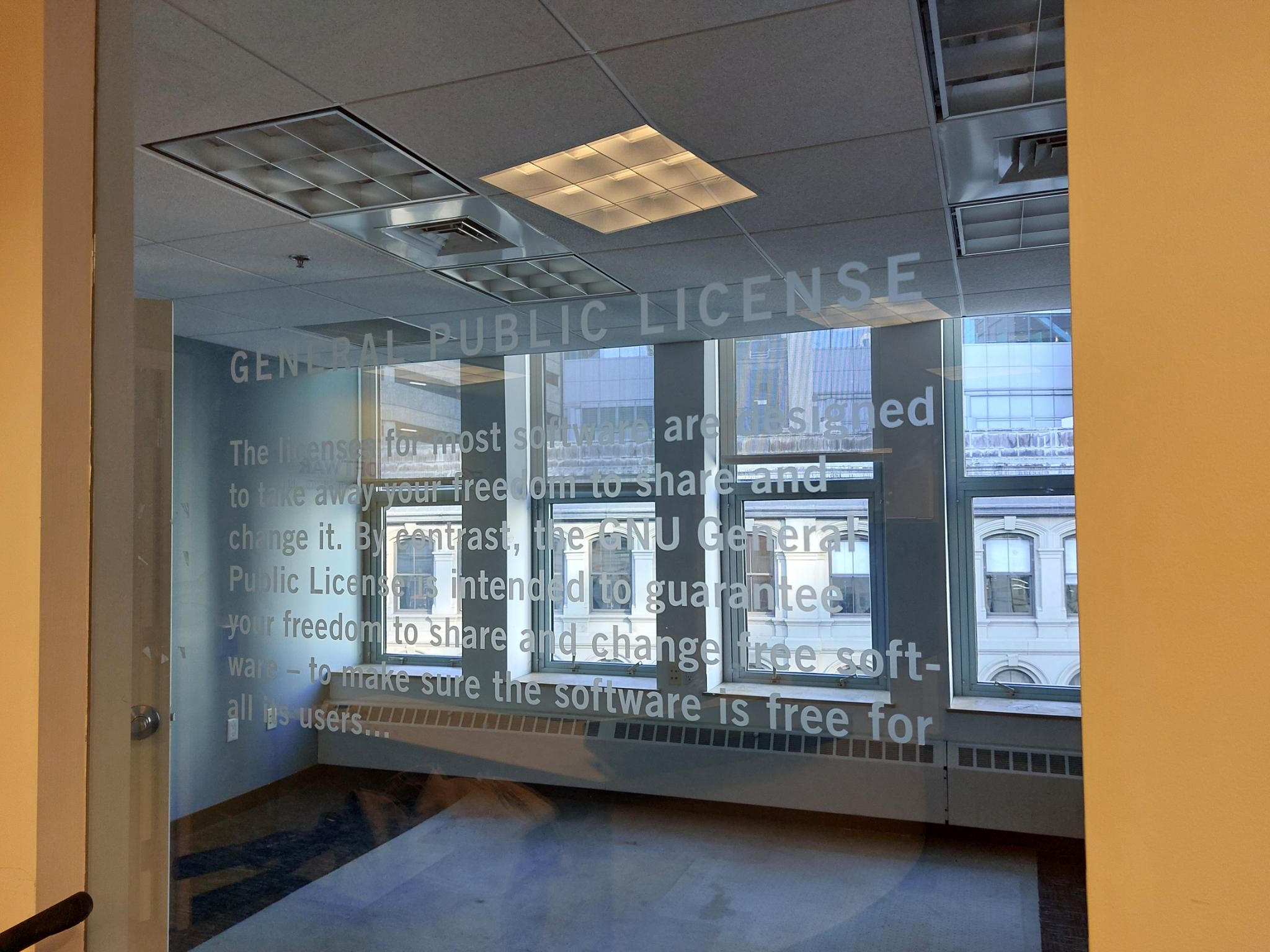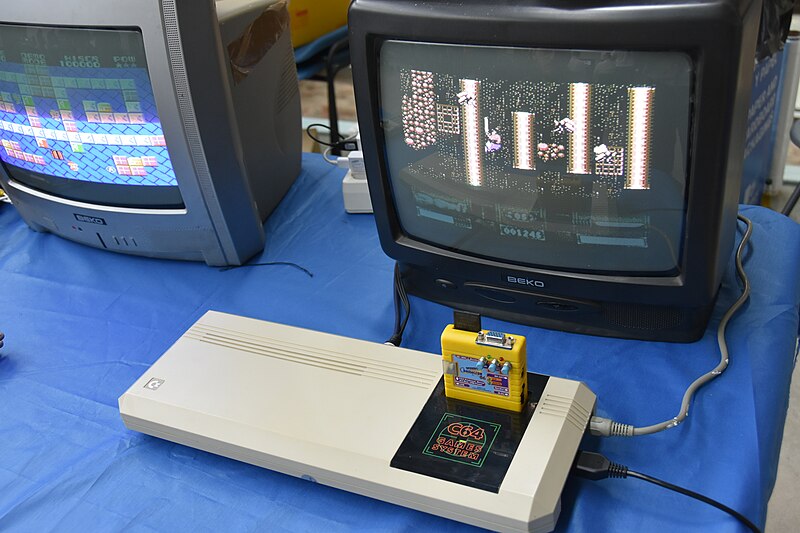
New energies for a remote FSF
By Zoë Kooyman, Executive Director
The Free Software Foundation (FSF) has pushed for the creation and adoption of free software since 1985; the solution to the rise of proprietary software, and its protecting strategy, copyleft, were the main focus of the early FSF. As the FSF grew in size and scope, it added campaigning, education, protesting, advocacy, compliance, supporting other community projects with tech support or fiscal sponsorship, and more. On page three in the physical Bulletin, Jason Self gives us a detailed overview of all the locations the FSF occupied over the years, because for most of the FSF's existence, the FSF had a physical home. On August 31, 2024, the FSF moved out of our long-serving office.
Read More - Index
Tracing the FSF's footsteps
By Jason Self, Free software advocate
The FSF's seemingly mundane physical location history offers a glimpse into the organization's growth and tells the story of an important part of the free software movement. Let's follow the FSF's footsteps through the years.
Read More - Index
What abandonware teaches us about the importance of software freedom
By Krzysztof Siewicz, Licensing and Compliance Manager
There are quite a few older computer programs that hobbyists, retro game enthusiasts, and everyday users alike still want to use. This is not easy and sometimes even impossible with proprietary programs whose vendors have abandoned them. When a program becomes abandonware, users who had not previously secured a copy of the program cannot obtain a copy without risking civil or even criminal liability due to copyright restrictions. To further hinder users, even if they had obtained legal copies of the abandonware, they cannot freely adapt it to their needs and redistribute it without restrictions. This is an effective death sentence for a large proportion of abandonware since it cannot be maintained or shared. For some abandonware, it is not the end of the story thanks to numerous dedicated users fighting to resurrect these programs. An interesting example is proprietary games developed for discontinued hardware or operating systems. For a majority of nostalgic games, the only technical problem is the unavailability of the platform, but the games themselves are still perfectly playable. A common method of abandonware resurrection involves developing emulators, which are programs that simulate the platform capable of reading the old game’s binary.
Read More - Index
FSF SysOps cleaning up the Internet
By Michael McMahon, GNU/Linux Systems Administrator
The SysOps team, consisting of only two full-time FSF staff members and a handful of volunteers, spends a considerable amount of time preventing attacks from taking down our services in addition to our usual operations. We self-host over sixty-three different services, platforms, and websites for the FSF staff, the GNU Project, community projects, and the wider free software community on our own twelve-year-old hardware which uses free BIOSes. Like for many other entities on the Internet, attacks often come in the form of a Distributed Denial of Service attack (DDoS), which can use thousands of devices to fulfill its goal of flooding its target servers, and ultimately bring it down.
Read More - Index
Society will never be free under nonfree software
By Eko K. A. Owen, Outreach and Communications Coordinator
Advocating for free software isn't just a matter of personal values (although it would be reason enough alone): it is an essential building block of any free society. In 2024, most people interact more or less with software that is controlled by a tech industry that jealously guards its secrets. When the choice to understand and alter the technology that runs our world is locked away, we the people are forced to live in a nonfree society. We don't have to accept an existence reminiscent of dystopian novels. While free software doesn't guarantee a free society, it does provide many kinds of frameworks and tools needed for building and sustaining free societies.
Read More - Index
 Mastodon
Mastodon PeerTube
PeerTube X
X